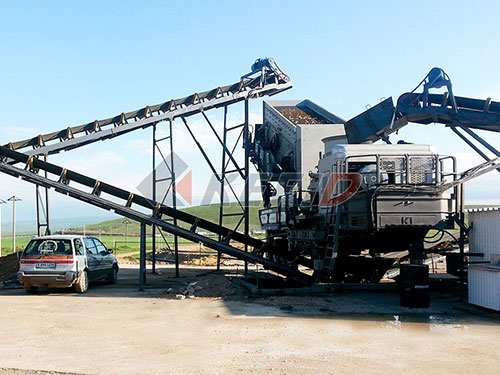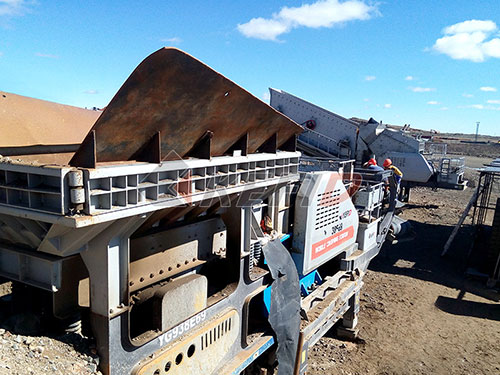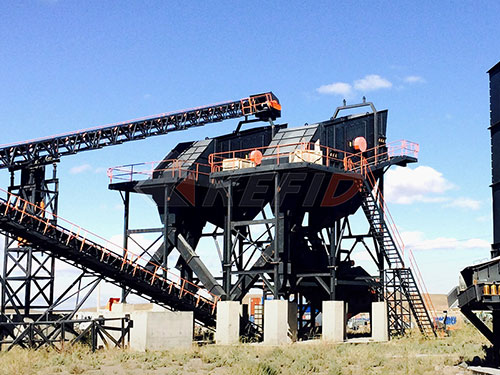3′ Cone Crusher For Sale
The Versatile Workhorse: Finding the Right 3' Cone Crusher for Your Operation
In the demanding world of aggregate production, mining, and construction recycling, a reliable cone crusher is fundamental to operational success. Among the popular choices for secondary and tertiary crushing stages stands the 3-foot cone crusher. Offering an ideal balance of capacity, efficiency, and manageable size, these robust machines are frequently sought after on the used equipment market.
Why Consider a 3' Cone Crusher?

Proven Performance: The 3-foot design represents a mature technology renowned for its durability and ability to handle hard rock efficiently.
Optimal Capacity: Positioned perfectly between smaller units (like 2') and larger ones (4' or above), 3' cones provide significant throughput suitable for medium-scale operations without requiring massive infrastructure investments.
Versatility: Available in both Standard (for coarser secondary crushing) and Short Head (for finer tertiary crushing) configurations, they can be tailored to produce a wide range of product sizes.
Cost-Effectiveness: Purchasing a well-maintained used 3' cone crusher presents a significant cost advantage over new equipment while still delivering substantial production capability.
Manageable Footprint: Their relatively compact size makes them easier to integrate into existing plants or transport compared to larger units.
Features & Considerations When Looking for Sale:

When evaluating a used 3' cone crusher listed for sale, focus on these critical aspects:
1. Condition & Maintenance History: This is paramount. Request detailed service records if available. Inspect liners (mantle & concave) for wear – replacement costs can be substantial. Check critical components like the main shaft, eccentric bushings, countershaft box bushings, hydraulic cylinders/rams (if applicable), and lubrication system.
2. Configuration: Determine if you need a Standard model for secondary crushing or a Short Head model for finer product shaping.
3. Drive System: Identify if it's electric motor driven or diesel-hydraulic powered – crucial for your site's power availability and mobility needs.
4. Lubrication System: Ensure the oil cooler, filters, pumps, and lines are intact and functional.
5. Control System: Modern units may have PLC controls; older ones rely on manual adjustments or basic relays.
6. Frame & Structure: Look for cracks or significant structural damage indicating past stress or accidents.
7.


